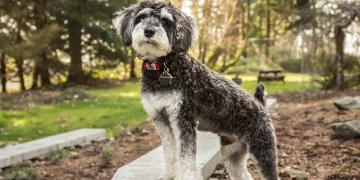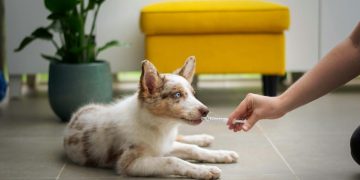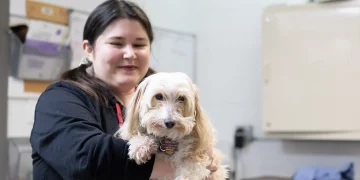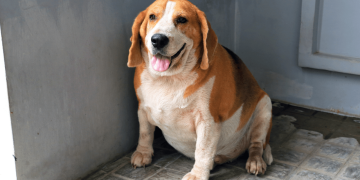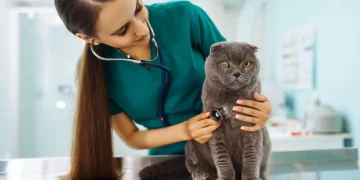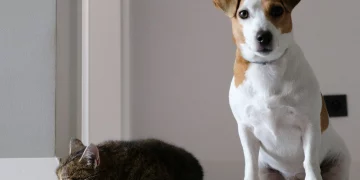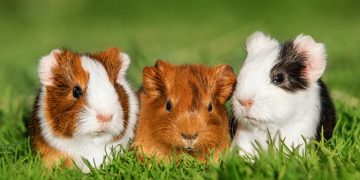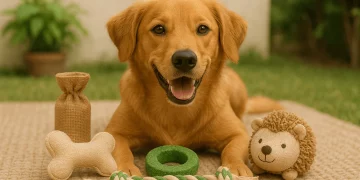Grooming your pet is an essential part of maintaining their health, comfort, and overall wellbeing. It helps to keep your pet clean, prevents matting and tangling, and allows you to detect potential health issues like skin irritations, fleas, or ear infections. However, one of the most crucial aspects of grooming is choosing the right grooming tools. Using the right brushes, clippers, and other essentials can make the grooming process easier, more effective, and more comfortable for both you and your pet. In this guide, we’ll walk you through the different types of grooming tools available and help you select the best ones for your pet’s coat type, breed, and individual needs.
Why the Right Grooming Tools Matter
Choosing the right grooming tools is essential for several reasons:
- Comfort for Your Pet: Improper grooming tools can cause discomfort or even harm to your pet’s skin and coat. Using the correct tool ensures a smoother, more comfortable grooming experience.
- Better Results: The right tools can help you achieve better grooming results, whether it’s brushing out tangles, trimming nails, or keeping your pet’s coat shiny and healthy.
- Efficiency: Using the right tools makes the grooming process faster and easier. This is especially important for pets who may not enjoy being groomed or who have long, dense fur.
- Preventing Injury: Some tools, like clippers or nail trimmers, can cause injury if not used properly. Selecting the right tools for your pet’s needs can help you avoid accidents and make grooming a safer process.
Understanding Your Pet’s Grooming Needs
Before you can choose the best grooming tools for your pet, it’s important to understand their grooming needs. Different pets require different grooming techniques based on their breed, coat type, and overall health. Here are a few things to consider:
- Coat Type: Pets with long, thick, or curly coats require more frequent grooming and specialized tools than those with short coats.
- Breed: Some breeds have specific grooming requirements, such as poodles that need regular haircuts or long-haired cats that need frequent brushing to prevent matting.
- Health Considerations: Pets with skin allergies, sensitive skin, or other health issues may require gentler tools or special grooming products designed for their condition.
Selecting the Best Brushes for Your Pet
Brushing is one of the most important aspects of pet grooming. It helps to remove dirt, debris, and dead hair, as well as preventing mats and tangles. The type of brush you use will depend on your pet’s coat type, length, and texture.
1. Pin Brushes
Pin brushes have widely spaced metal or plastic pins that are perfect for pets with medium to long coats. These brushes are gentle on the skin and help to remove tangles and mats while lifting away dirt. They are ideal for dogs and cats with thick, flowing coats.
When to Use: Use a pin brush for pets with medium to long hair, particularly if they are prone to tangling or matting.
Key Features:
- Ideal for long, dense coats
- Gently removes tangles
- Often has an ergonomic handle for comfort
2. Slicker Brushes
Slicker brushes are designed with fine, short wires that are closely spaced. These brushes are perfect for pets with long, fine, or curly hair. They are excellent for detangling and removing mats, especially in areas like behind the ears or under the legs where tangles are common.
When to Use: Use a slicker brush for pets with long, fine, or curly coats that are prone to matting.
Key Features:
- Perfect for removing mats and tangles
- Can reach deep into the coat
- Effective on dense fur or thick undercoats
3. Bristle Brushes
Bristle brushes are soft and gentle, making them ideal for short-haired pets like dogs and cats. They work well for smoothing out the coat and distributing natural oils from the skin, which helps to maintain a shiny, healthy coat.
When to Use: Use a bristle brush for pets with short, smooth coats, such as terriers, beagles, and short-haired cats.
Key Features:
- Gentle on sensitive skin
- Ideal for distributing natural oils
- Helps maintain a shiny coat
4. Undercoat Rakes
Undercoat rakes are designed for pets with thick undercoats, such as double-coated dogs (e.g., Huskies, Golden Retrievers). They have wide-spaced teeth that are excellent for removing loose fur and undercoat hair. Regular use helps to prevent matting and reduces shedding.
When to Use: Use an undercoat rake for double-coated or thick-furred pets that shed heavily.
Key Features:
- Removes loose undercoat hair
- Prevents matting in thick coats
- Reduces shedding
5. Rubber Brushes
Rubber brushes are made from soft, flexible material that’s perfect for pets with short coats or sensitive skin. They work well for massaging your pet’s skin while removing loose hair and dirt.
When to Use: Use a rubber brush for short-haired pets or pets with sensitive skin.
Key Features:
- Ideal for pets with short coats
- Gentle on sensitive skin
- Helps remove loose hair and dirt
Selecting the Best Clippers for Your Pet
Clipping your pet’s fur is an essential grooming task, especially for certain breeds that require regular haircuts to keep their coats healthy. Clippers are also used to trim excess fur around sensitive areas like the paws or ears. When selecting clippers, it’s important to consider factors like noise level, blade type, and overall comfort.
1. Corded Clippers
Corded clippers are generally more powerful and provide consistent performance. These clippers are ideal for pets with thick, dense fur that requires regular trimming or for larger pets.
When to Use: Use corded clippers for heavy-duty clipping or for pets with thick, coarse coats.
Key Features:
- Powerful motor for dense fur
- Continuous power with no need for recharging
- Ideal for regular use in larger pets
2. Cordless Clippers
Cordless clippers are convenient and allow you to move freely while grooming. They are often lighter and quieter than corded clippers, which can be beneficial for pets who are nervous about grooming.
When to Use: Use cordless clippers for smaller pets or for pets that get stressed out by the noise of corded clippers.
Key Features:
- Lightweight and portable
- Quiet and less intimidating for pets
- Rechargeable and easy to use
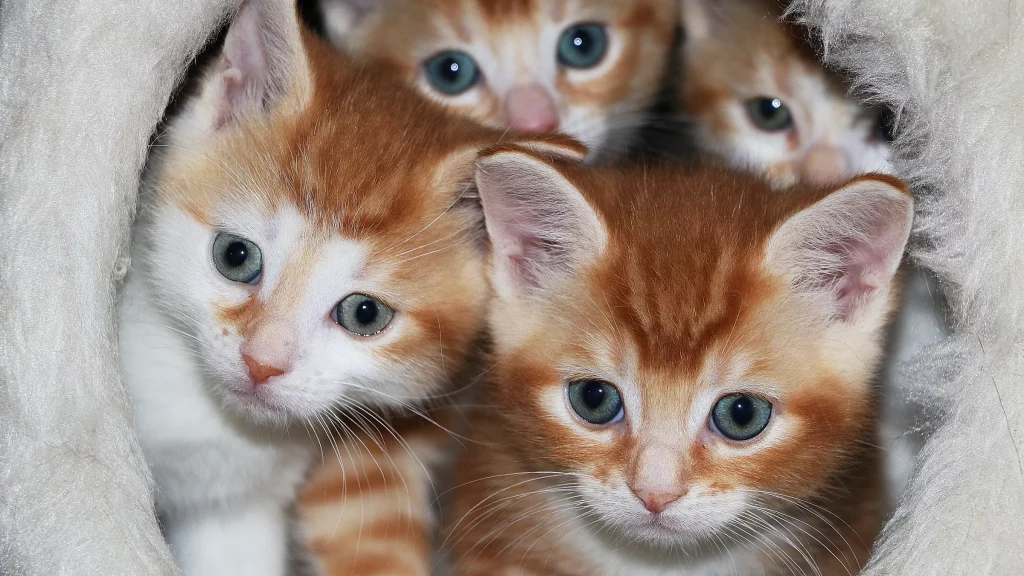
3. Trimmer Clippers
Trimmer clippers are ideal for grooming smaller areas or for precise trimming around the ears, paws, and face. They tend to be smaller and lighter than regular clippers, making them easier to control for detailed work.
When to Use: Use trimmer clippers for delicate areas like the paws, ears, and face.
Key Features:
- Small and precise
- Ideal for touch-ups and fine grooming
- Lightweight and easy to maneuver
4. Clipper Blades
Clipper blades come in various sizes, each designed for different coat types. When purchasing clippers, make sure to choose blades that suit your pet’s coat type. For example, fine blades are best for short, thin coats, while thicker blades are ideal for dense, coarse fur.
When to Use: Choose the appropriate clipper blade based on your pet’s coat thickness and length.
Key Features:
- Available in different sizes for various coat types
- Detachable and easy to change
- Provides a clean and precise cut
Additional Grooming Essentials
Beyond brushes and clippers, there are several other grooming tools that are essential for maintaining your pet’s hygiene and health.
1. Nail Clippers
Regular nail trimming is an important part of pet grooming. There are several types of nail clippers available, including scissor-style, guillotine-style, and plier-style clippers. The best type of clipper will depend on your pet’s size and nail thickness.
When to Use: Use nail clippers for regular nail maintenance. If your pet’s nails grow too long, they can cause discomfort or injury.
Key Features:
- Available in various sizes for different pet types
- Scissor-style for small pets, plier-style for larger pets
- Includes safety guards to avoid over-cutting
2. Ear Cleaner and Wipes
Ear cleaning is an often-overlooked aspect of grooming. Pet ear cleaners and wipes help to remove dirt, wax, and moisture, preventing infections.
When to Use: Use ear cleaners and wipes regularly, especially for breeds prone to ear infections (e.g., Cocker Spaniels, Basset Hounds).
Key Features:
- Safe for sensitive ears
- Helps prevent ear infections
- Convenient for routine ear care
3. Dental Care Tools
Oral hygiene is a vital part of your pet’s grooming routine. Dental chews, toothbrushes, and toothpaste designed for pets can help prevent plaque buildup, tartar, and gum disease.
When to Use: Use dental tools regularly to maintain your pet’s oral health and freshen their breath.
Key Features:
- Pet-safe toothpaste and toothbrushes
- Helps prevent gum disease and bad breath
- Suitable for both dogs and cats
Conclusion
Choosing the right grooming tools for your pet is essential for both their comfort and your convenience. By selecting the proper brushes, clippers, and other grooming essentials, you can ensure that grooming becomes a positive experience for both you and your pet. Take the time to assess your pet’s needs based on their coat type, breed, and overall health, and invest in high-quality tools that will make grooming easier, more effective, and more enjoyable.







